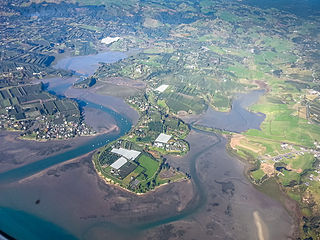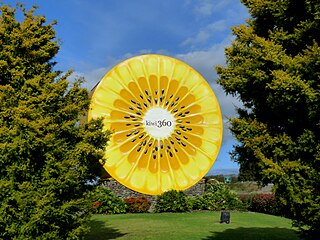Population
Western Bay of Plenty District covers 1,944.42 km2 (750.74 sq mi) [1] and had an estimated population of 60,800 as of June 2023, [2] with a population density of 31 people per km2. 2,780 live in Waihi Beach, 5,800 in Katikati, and 10,250 in Te Puke.
Ethnicities, 2023 Census| Ethnicity | Population |
|---|
| New Zealand European | |
|---|
| Māori | |
|---|
| Pasifika | |
|---|
| Asian | |
|---|
| MELAA | |
|---|
| Other | |
|---|
Historical population| Year | | |
|---|
| 2006 | 41,826 | — |
|---|
| 2013 | 43,323 | +0.50% |
|---|
| 2018 | 50,904 | +3.28% |
|---|
| 2023 | 56,184 | +1.99% |
|---|
| Source: [3] [4] |
Western Bay of Plenty District had a population of 56,184 in the 2023 New Zealand census, an increase of 5,280 people (10.4%) since the 2018 census, and an increase of 12,861 people (29.7%) since the 2013 census. There were 24,096 dwellings. The median age was 45.0 years (compared with 38.1 years nationally). There were 10,062 people (17.9%) aged under 15 years, 8,481 (15.1%) aged 15 to 29, 24,789 (44.1%) aged 30 to 64, and 12,849 (22.9%) aged 65 or older. [4]
Ethnicities were 80.1% European/Pākehā, 21.6% Māori, 3.4% Pasifika, 7.3% Asian, 0.8% Middle Eastern, Latin American and African New Zealanders, and 1.3% other. People may identify with more than one ethnicity. [4]
Western Bay of Plenty District had a population of 51,321 at the 2018 New Zealand census. There were 18,462 households, comprising 25,647 males and 25,677 females, giving a sex ratio of 1.0 males per female.
The percentage of people born overseas was 19.2, compared with 27.1% nationally.
Although some people chose not to answer the census's question about religious affiliation, 51.1% had no religion, 33.3% were Christian, 2.0% had Māori religious beliefs, 1.0% were Hindu, 0.1% were Muslim, 0.5% were Buddhist and 4.3% had other religions.
Of those at least 15 years old, 6,735 (16.1%) people had a bachelor's or higher degree, and 7,935 (19.0%) people had no formal qualifications. The median income was $30,300, compared with $31,800 nationally. 6,438 people (15.4%) earned over $70,000 compared to 17.2% nationally. The employment status of those at least 15 was that 19,869 (47.6%) people were employed full-time, 7,083 (17.0%) were part-time, and 1,215 (2.9%) were unemployed. [3]
Individual wards (2018 boundaries)| Name | Area (km2) | Population | Density (per km2) | Households | Median age | Median income |
|---|
| Katikati-Waihi Beach Ward | 364.68 | 13,923 | 38.18 | 5,586 | 53.0 years | $26,000 |
| Maketu-Te Puke Ward | 816.69 | 18,423 | 22.56 | 6,162 | 37.7 years | $30,400 |
| Kaimai Ward | 769.66 | 18,969 | 24.65 | 6,714 | 46.1 years | $35,300 |
| New Zealand | | | | | 37.4 years | $31,800 |
|---|

















